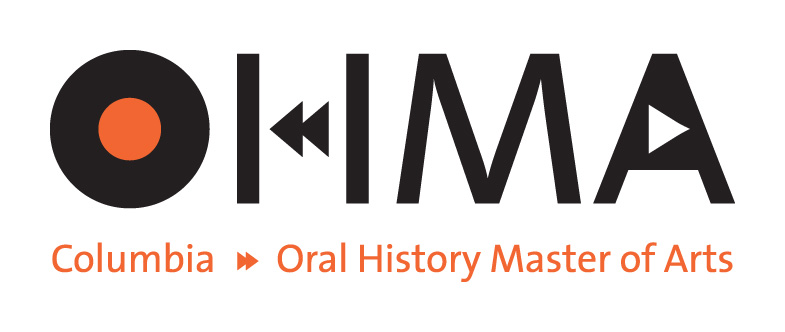Meghan Valdes is a current OHMA student. In this post, she writes on intergenerationality in the SNCC Legacy Project.
The SNCC Legacy Project is an ongoing project aimed at bringing the guiding principles of the historical Student Nonviolent Coordinating Committee into the modern day and beyond. It takes a multi-pronged approach to this, which includes everything from digitally archiving SNCC documents for easier accessibility to advocating for higher-quality public education. However, one of its methods in particular stood out to me: the creation of a program of “SNCC visiting professors and scholars who would in formal and informal ways interact with young people on campuses and take advantage of campus resources to begin telling the story as it should be told.” The idea at the core of this – intergenerationality – was also touched upon during the workshop led by Wesley Hogan and Charlie Cobb at Columbia University on April 14th, 2016.
Underlining our conversation right from the start […] was to get out the thinking that underlay all the history.
One of the project’s most recent creations is the “One Person, One Vote” website, created in partnership with Duke University. The website utilizes archival materials such as photographs, documents, and videos in its reconstruction of timelines, events, and profiles of past SNCC members, as a means of both preserving and disseminating the history of SNCC. A creation of the combined efforts of activists, archivists, and historians, much of the site was also made with the help of undergraduate and graduate interns involved in activist movements themselves.
A screenshot from the “profiles” section of the SNCC Legacy Project’s “One Person, One Vote” website, featuring Charlie Cobb.
During the workshop, Cobb discussed his experiences working with a new, younger generation of activists. While many of the anecdotes were lighthearted and sprung from a generational divide – such as Cobb having to explain what a “party line” and “mimeograph” are while telling stories about his time in SNCC – he also talked about more serious generational disconnects that he has worked to address. One such example that was mentioned was the knowledge of how to work from within communities to effect change – something that older activists understood, he said, but that modern activists are still working to learn. Of course, the exchange works both ways; as Cobb describes below, interactions with young people is also helping elders to communicate their experiences in new and exciting ways.
Just to show you how this dynamic can work, I was in a room and this group of young people were discussing social media […] and one of them asked me, did I tweet? I said ‘No, I don’t talk to people like that.’ They told me, ‘Well, you’re going to be on Twitter before you leave this room.
According to Cobb, many of the student interns working on the SNCC Legacy Project view the SNCC members they work with as versions of themselves from the past. This is an inspiring idea to me, and one that speaks to the project’s success. In working to preserve the history of SNCC, the project has created a space in which mutual goals – social change, community activism, and political mobilization – can be used as the framework for a rich exchange of ideas, methods, and knowledge between generations that might otherwise never have a chance to interact.
How does this impact the field of oral history? Oral histories, and projects that utilize them, can be used as vehicles for social change, and for those doing activist work there is undoubtedly a lot that can be learned from the SNCC Legacy Project and its intergenerational collaboration to unite the struggles of the past and the present. So often, that which is passed between generations is done so through the act of storytelling – of sharing personal experiences, eyewitness accounts of events, thoughts, feelings, knowledge, and philosophies. For both the old and the young people involved, SNCC Legacy Project is an ongoing and reciprocal learning process -- perhaps not unlike oral history.

